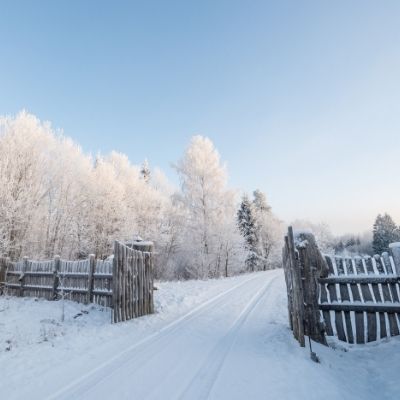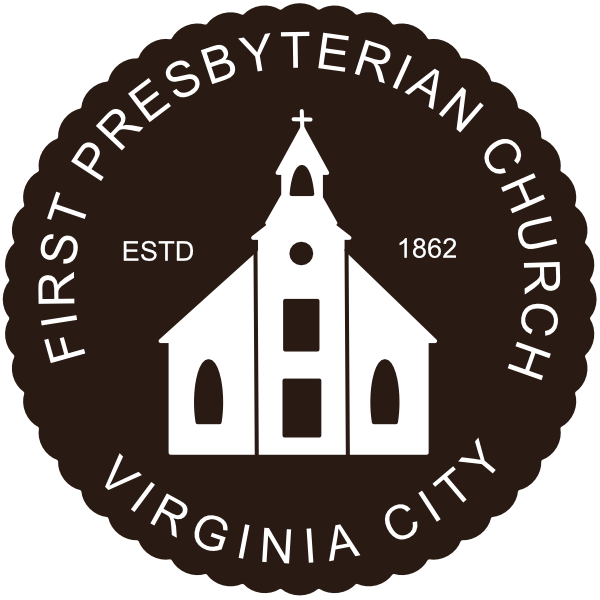
Today begins again the church season of Advent, as you might well notice in the decorations adorning our historic sanctuary. Advent is a season of preparation; we prepare once again for both Jesus’ birth and Christ’s return. It is important to mark this church season, as we often lose sight of the holy as we are bombarded with consumerism and distracted by the tinsel and the brightly wrapped packages. This season, I have chosen to use the devotional book, Advent in Plain Sight, by Jill Duffield, as a basis for this advent’s preaching. It is my hope that the reflections I have gleaned will invite us to slow down during this season and to “discern divine possibility in what, at first glance, appears utterly mundane”. We are reminded that throughout the Bible, God has chosen to work through the ordinary in his creation: Moses and a bush. Donkeys. Constellations. Shepherds. Peasant people. We are reminded that Immanuel, God with us, is in all places, and even everyday objects can point to the Good News of salvation.
The first ordinary image that the author points us to is that of a gate. In architecture, gate is simply a point of entry to or from a space enclosed by walls. Gates can be large or small; simple or elaborate, sometimes stationary but mostly moveable. Gates can be ornate, utilitarian or foreboding. Gates seem to have three basic functions: to keep things contained inside the walls, for privacy and as protection from threats such as trespassers and animals.
In our Old Testament scripture, from the book of Genesis and the saga of Jacob, we encounter our first “gate”. Here, we find Jacob rooted on earth, sleeping on bare ground with a rock for a pillow; yet he experiences the divine presence of God and many angels—a sight so astonishing, he declares it must be the “gate of heaven.” In this place, Jacob, found himself in one of those “thin places,” a place where the boundary between the holy and human dissolved; a time when heaven and earth touched. In this place, he experienced the moment that changed his live and assured him of God’s presence. In this place, God has opened the gate from the heavenly kingdom, walked through it and sat at Jacob’s bedside, such as it was. Imagine, if you would, God coming to you for a visit in the night, and bestowing promises of great blessing, not just upon you, but through you as well.
In this season of Advent, the author asks us to consider this time of year as a “thin space,” as a space where a gate is positioned on the threshold between what is and what will be. We look forward both to Jesus’ birth and the ultimate appearing of Christ at the apocalypse—a scary word that really just means “revealing”—of all things. Gates are a perfect symbol of that spiritual threshold, holding the potential for both entry and exit. We arrive at the Lord’s gate, approaching the incarnation, while Christ is simultaneously “near, at the very gates”, as Matthew wrote, preparing to return.
Thus, our second reading comes from Matthew’s gospel, a passage which includes the brief parable of the fig tree. This “parable” is more an illustration, teaching his disciples about his second coming. We are reminded that when spring comes and the trees put out new leaves, that summer is not far off. In the same way, the disciples will know Christ’s return is near when we see the events he has mentioned earlier in the chapter begin to occur. We find in the 33rd verse the key to His parable: “So you also, when you see all these things [described previously], know that the second coming is near, at the very gates.” Jesus is calling the listener to have eyes to see the signs, and the good sense to be ready. Jesus tells us that there are signs that indicate the arrival, the advent, the presence, and the power of the Kingdom of God. Like leaves on a fig tree, such signs can point to our redemption, and to our Redeemer. This is an important part of what we need to be about as children of that Kingdom: looking for the signs. We are called to always be alert and aware; always ready and waiting. The significance of the parable, on the heels of Jesus’ crucifixion predictions, reminds us that he will come again; in a whole different way and with a whole different purpose.
Texts like these remind us of the need to make ourselves ready, not just for the sweet baby Jesus, but also for the justice-bringing, sheep-and-goat sorting, risen returning Christ. As we are reminded, “the latter is a tougher sell in this season of twinkling lights and ‘Here Comes Santa Claus”, but Christ’s disciples are called not only to remember the birth of a baby, but of his promise to come again. And while we might not know when Christ will return, we are reminded in scripture to make no mistake, he is coming again. The author poses the question: What if, in fact, Jesus is as near as the gates or doors through which we pass daily? Our own front doors? Our city limits? Our national borders? When Christ comes again, would we recognize him and allow him to come in?
Our refrain for the advent season is “Christ has come and Christ will come again”. In his birth, in a manger, God opened the gates of heaven and came to earth in the guise of an infant; a child who would grow to manhood, to know intimately the joys and sorrows and the pain of humanity. And Christ will come again; this time in his full resurrected glory, flinging wide the gates of heaven to humanity, to bring judgement and righteousness to our world.
As I passed this week, not through any gates, but over the threshold of the Intensive Care Unit at Renown hospital, I had a chance to reflect on our need for Advent, for the hope and assurance that Christ would come again. As I entered through the doors into the cubicle of a 45-year-old man sustained by a ventilator, as I watched and listened to beeps and alarms emitting from all the machines keeping him alive, even as we awaited their removal, I began to sense that I was in the presence of a thin place; that place where gate between earth and the nearer presence of God was about to open, as we awaited the removal of life support from this 45-year-old man; whose breath of life would cease once the artificial breathing apparatus was disconnected.
During this time, of waiting for the doctor to come and give the order for removal, I sat beside his weeping sister. As we talked together during our wait, she admitted that she was having trouble the idea that it was God’s will for her brother to die at this age, from this virus, and in this way. And I agreed with her. Because I don’t think it was God’s intention her brother suffer this disease, in this way, leading him depart this life in this manner. Rather, I believe that the God in whom I have placed my trust is not a God who delights in the suffering of his people, who chooses to torment, physically or emotionally, humanity for their sins. Humankind does a fine job of that on their own. Given a free will since the beginning of creation, we live our lives in a broken and sinful world. While I truly believe God wants the best for each of us, the sin in the world and the choices we make do not always take us where God would like us to be. And so often, the choices of other people will bring consequences to bear on individuals, whether it be taking out one’s anger by driving through a Christmas parade to harsh words spoken without thought to careless or greedy acts that endanger the world in which we live. Advent reminds us that Christ has come; to proclaim the Good News of God’s love and salvation, and to teach those who have ears to hear how to live, how to love with God’s love, and how to treat our neighbor. Christ has called us to unlock the gates which keep us insulated from the world, and to welcome in the hungry, the poor, the marginalized; the most vulnerable among us. To welcome them and care for them, as Jesus himself did so long ago. To open the gates where Christ is right now, present, if we are willing to see him there.
As we begin our journey into advent, I would like you to picture a gate in your mind. It might be fancy or plain, large or small, formidable or decorative. See that gate? Now, who do you picture waiting near that gate to be let in? Who is waiting along the edge of our communities needing an invitation or voice of welcome? Who is being shut out? And I ask you to consider: how will you respond?
Let us pray: God of all that is seen and unseen, as we prepare for the birth of Jesus this Advent, remind us to also make ready for the return of Christ. Help us to see those on the margins, those often on the other side of the locked gates, as Christ himself. Do not let us meld the great gift of Emmanuel, God with us, as somehow God on our side or God with us, but not with others. May the truth that Jesus came to save the world enliven our compassion for creation and every living being within it. Amen.
